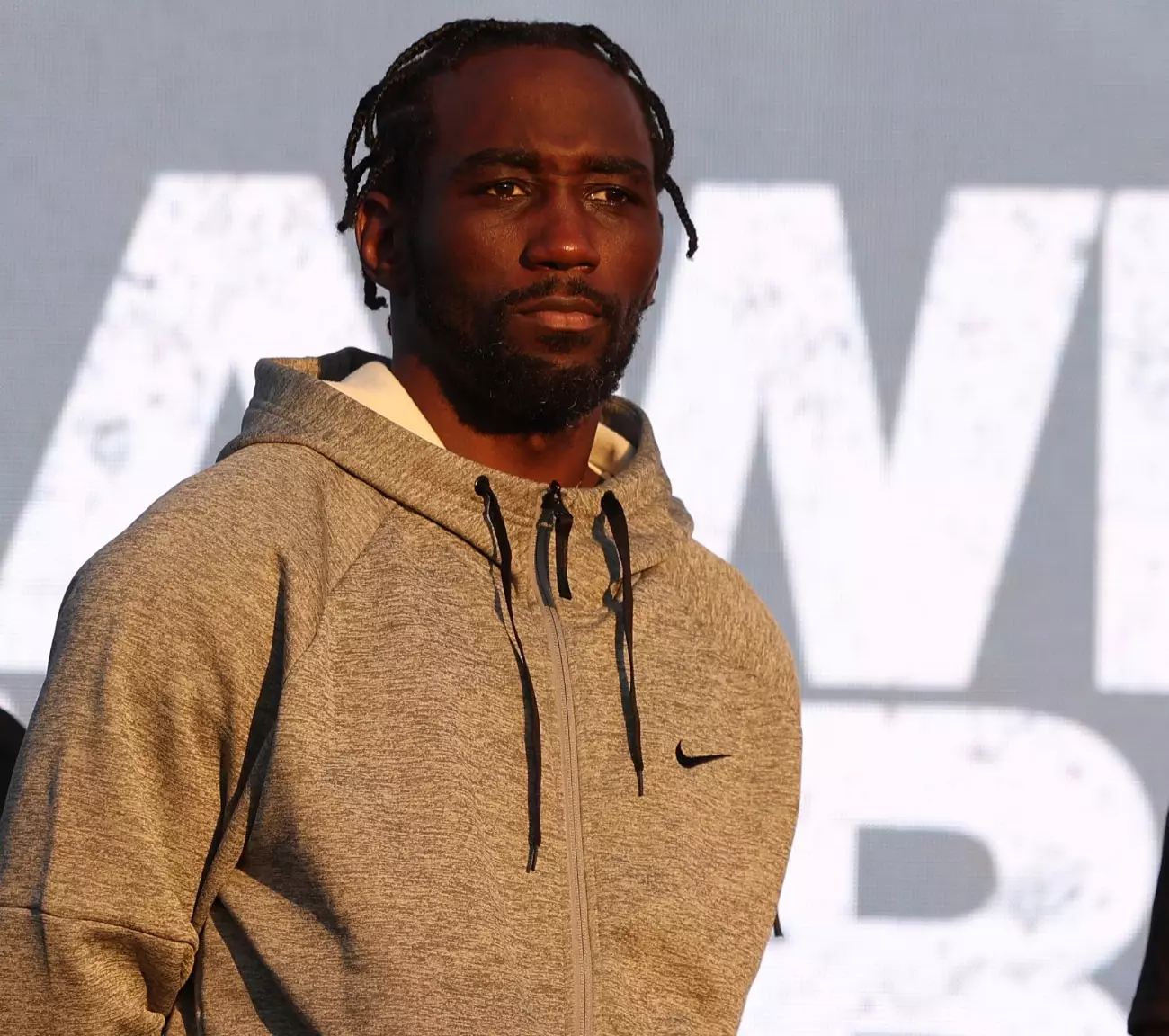The anticipated clash between Terence Crawford and world-renowned champion Canelo Alvarez has captured the attention of boxing enthusiasts worldwide. However, the conversation surrounding this match extends beyond mere excitement; it encompasses financial implications, strategic positioning, and the ongoing debate over weight classes and rehydration limits. At the heart of this discussion is Crawford’s trainer, Brian ‘BoMac’ McIntyre, who has made it clear that any suggestions of imposing a rehydration clause are not only impractical but also indicative of the asymmetric power dynamics within the boxing industry.
Crawford, though an exceptional boxer, lacks the massive fanbase and pay-per-view pull that Alvarez possesses, making the prospect of negotiating terms with the latter a challenging endeavor. For Crawford to even contemplate a rehydration clause—a provision designed to limit how much weight a fighter can regain after the official weigh-in—would mean initiating an uphill battle. This isn’t simply a matter of preference; it speaks to Crawford’s position as an underdog in a matchup against the so-called “Face of Boxing.” The reality is that Canelo, with his storied history and pay-per-view success (62-2-2, 39 KOs), holds a dominant position. Any attempt by Crawford to impose extra stipulations could easily result in the loss of the opportunity to fight at all.
McIntyre’s vehement dismissal of a rehydration clause as “p***y sh*t” encapsulates a broader sentiment within the boxing community: that imposing such requirements on an established champion like Alvarez is, quite frankly, unthinkable. The implications of such a clause could undermine the integrity of the match and completely alter the parameters of competition. Canelo does not struggle to make the 168-pound limit; he doesn’t balloon up to heavyweight levels before fights, a common tactic used by some fighters to gain an advantage. This brings us to the crucial point: Crawford’s hesitation to demand such limits reflects his understanding of the broader ramifications, especially since he stands to gain significantly from participating in this high-stakes bout.
As discussions evolve, it becomes increasingly clear that the proposed fight embodies more than just a challenge in the ring; it serves as Crawford’s potential “retirement payday.” He is moving up two weight classes without the typical preparatory bouts, demonstrating both his ambition and risk. The likelihood that Turki Al-Sheikh’s interest plays a role in facilitating this fight can’t be overlooked. It highlights how external factors can dictate which matchups find their way to the canvas. From a financial perspective, Crawford stands to gain considerably, but the question remains: is this a calculated risk or a reckless endeavor, given the potential impact on his career trajectory?
The potential fight between Crawford and Alvarez goes beyond a mere spectacle; it delves deep into issues of power, strategic negotiations, and the balancing act that must happen when lesser-known athletes face off against established icons in the sport. Whether Crawford approaches this fight with caution or confidence remains to be seen, but one thing is certain: the outcome of this anticipated bout will resonate for years to come, shaping the futures of both fighters involved.

